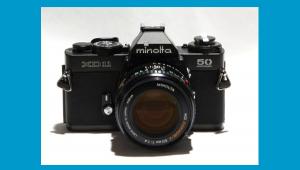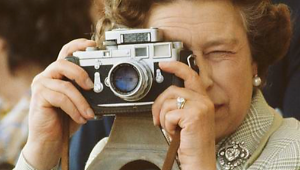Windowscapes
 |
|
|
When using a window as a framing device, simply move back or use a sufficiently wide lens so that you can include the window frame and what's beyond it in the photo. Be careful with your exposure settings when using this approach: If you are inside looking out, your scene will usually be much brighter than the window frame. The opposite is true if you are outside looking in. You can expose for the exterior scene and let the window frame become a silhouette or add supplemental light to the frame so that it better matches the brightness of the exterior scene.
 |
|
|
Sometimes you'll end up with a more interesting image if you just capture what's behind the window without showing the window frame at all. Elaborate store displays created by professional designers offer great opportunities for capturing unique images. When shooting through glass it's important to pay close attention to glare and reflections, and minimize these potentially distracting elements (unless they create an effect that you find interesting). A polarizing filter is usually all you need to eliminate glare and reflections (or at least reduce them to an acceptable level). Sometimes it also helps to experiment by shooting at different angles to the glass.
 |
|
|
Lens hoods are also very helpful in dealing with glare and reflections, especially when shooting at night. Put the lens hood right up against the window, being careful not to scratch the glass (rubber lens hoods work best for this application). If you must use flash to light your scene, shoot at an angle to the window, or move the flash off-camera so that it strikes the window at a different angle from the lens axis.
















































